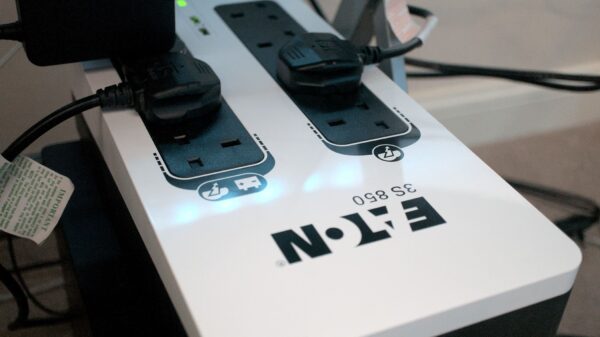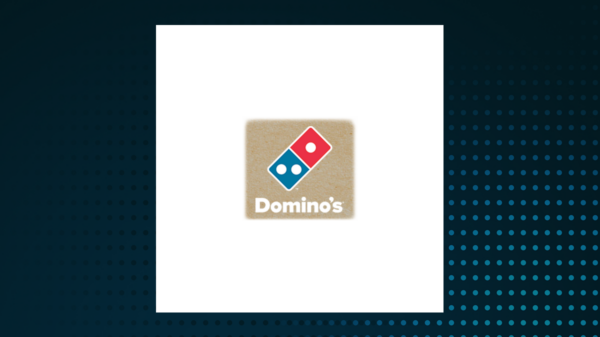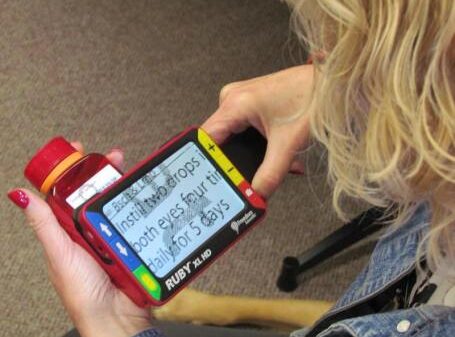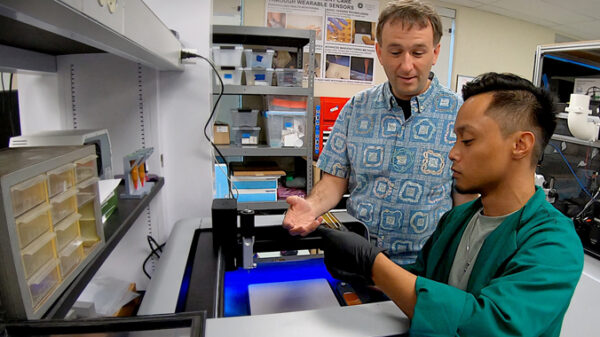In the realm of information development, the Darwin Information Typing Architecture (DITA) offers a robust framework for structuring and delivering content. As organizations increasingly prioritize clarity and precision in communication, DITA’s ability to present information from various angles has positioned it as a vital tool for enhancing user experience. This article explores the concept of DITA perspectives, their applications, and their potential to improve how organizations engage with diverse audiences.
Understanding DITA and Its Perspectives
DITA is an XML-based standard designed for technical communication. It promotes modular and topic-based writing, allowing for content reuse and consistency. This framework is particularly beneficial for organizations managing large volumes of information across various channels. DITA enables authors to update content swiftly, ensuring accuracy and relevance.
At the heart of DITA is the concept of perspectives. These perspectives represent different viewpoints or angles from which content can be interpreted. This approach is crucial in technical documentation, where users often have distinct backgrounds, roles, or levels of expertise. By offering tailored perspectives, content creators can effectively meet the unique needs of various users, thereby enhancing the overall functionality of the documentation.
Types of DITA Perspectives
DITA perspectives can be categorized into several types, each catering to specific user requirements:
User Roles: Different users have unique responsibilities that shape their information needs. For instance, a software manual may be crafted from the viewpoints of a developer, an end-user, and an administrator. Each role necessitates a specific set of instructions, ensuring the documentation is relevant to their tasks.
Content Format: The format of the content can also dictate perspective. A topic could be presented as a how-to guide, a reference manual, or a troubleshooting article. Each format serves a distinct purpose and can be optimized for its target audience, enhancing usability.
Cultural Context: When developing content for a global audience, understanding cultural nuances is essential. DITA perspectives can address regional requirements, ensuring that language and examples resonate with diverse populations.
Device Considerations: With the increasing prevalence of various devices, content must be adaptable. DITA perspectives allow authors to create responsive content that adjusts to different screen sizes, ensuring accessibility whether on a desktop, tablet, or mobile phone.
Implementing DITA Perspectives for Maximum Impact
To effectively leverage DITA perspectives, content creators should consider several key steps:
Identify Target Audiences: Understanding the users and their needs is paramount. Conduct user analysis to determine roles, preferences, and expectations.
Define Content Requirements: Based on the identified perspectives, outline the specific content needs for each audience. Clarify what information is essential for each role and in what format it should be delivered.
Create Modular Topics: Utilizing DITA’s topic-based structure, develop reusable components. Modular topics can be mixed and matched according to the perspective being addressed.
Utilize Conditional Processing: DITA supports conditional processing, allowing authors to publish tailored content based on criteria such as user role or device type. This feature customizes user experiences without duplicating content.
Gather Feedback: Regular feedback from users is critical to assess the effectiveness of implemented perspectives. This information can guide continuous content refinement and improvement.
Benefits of DITA Perspectives
Using DITA perspectives offers numerous advantages:
Enhanced User Experience: By providing multiple perspectives, users can quickly locate relevant information, significantly improving their overall experience with the documentation.
Increased Content Reusability: Modular topics designed for various perspectives reduce redundancy, optimizing the use of existing content.
Faster Time-to-Market: Streamlined content development processes allow organizations to deliver new or updated information more rapidly, ensuring users have access to the latest materials.
Improved Learning Outcomes: By addressing users’ different levels of expertise, DITA perspectives facilitate better understanding and retention of information.
In conclusion, embracing DITA perspectives can profoundly transform the way organizations communicate and engage with their audiences. By exploring multiple angles in documentation, content creators can provide tailored information that meets the diverse needs of users. This approach not only enhances user satisfaction but also positions organizations as leaders in effective information delivery. Harnessing the power of DITA perspectives is a strategic move that can drive success in technical communication.





































































